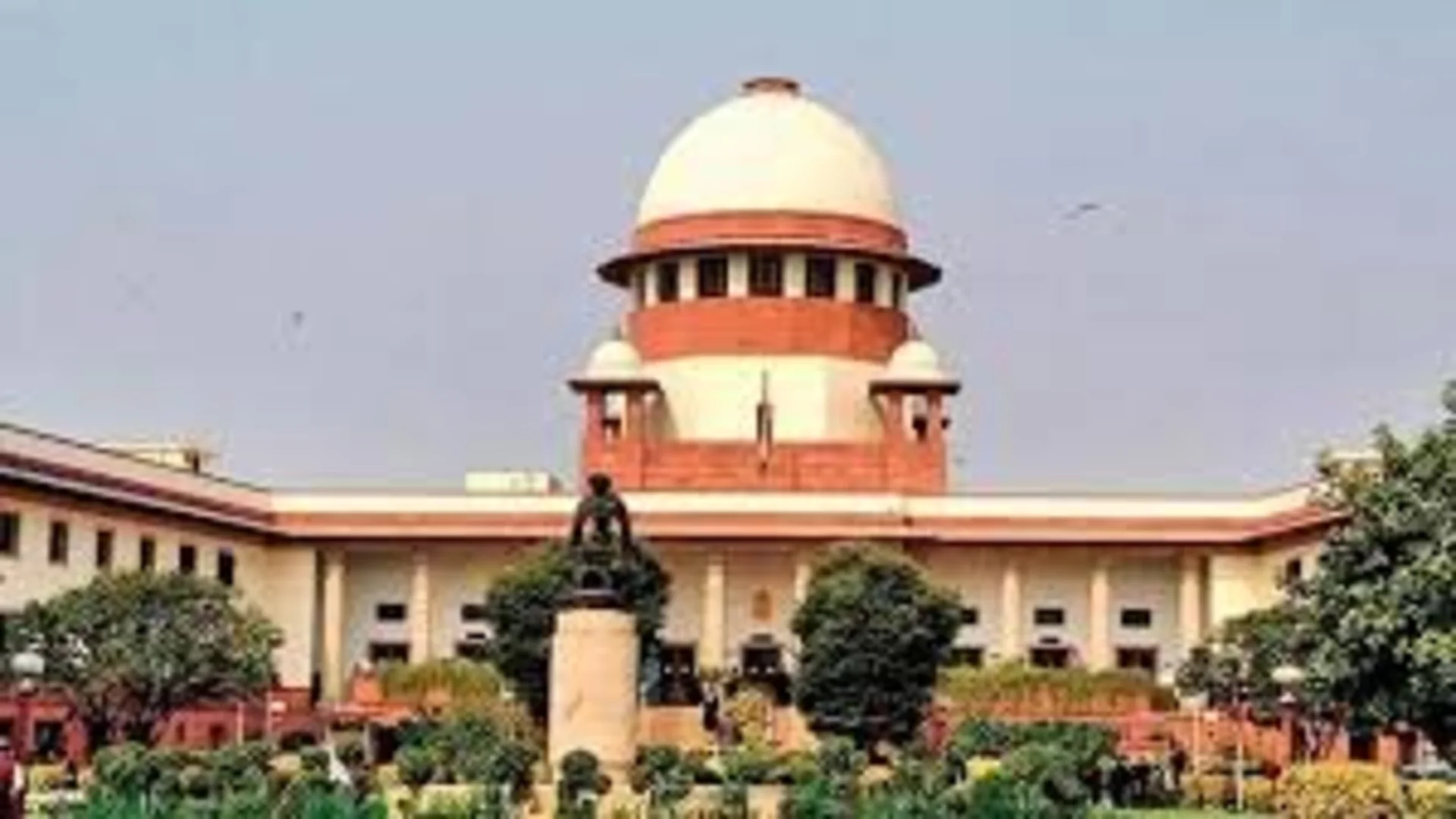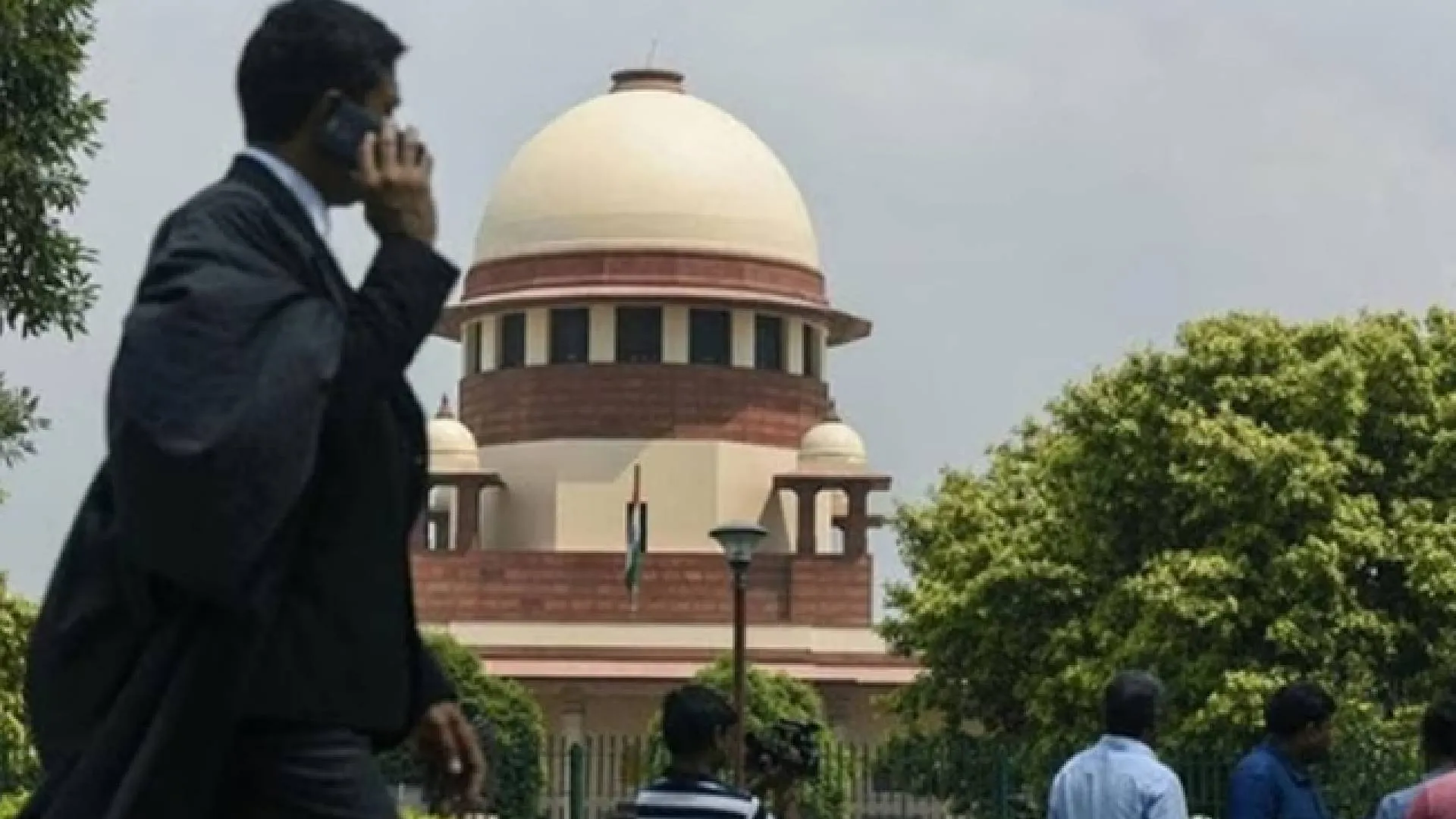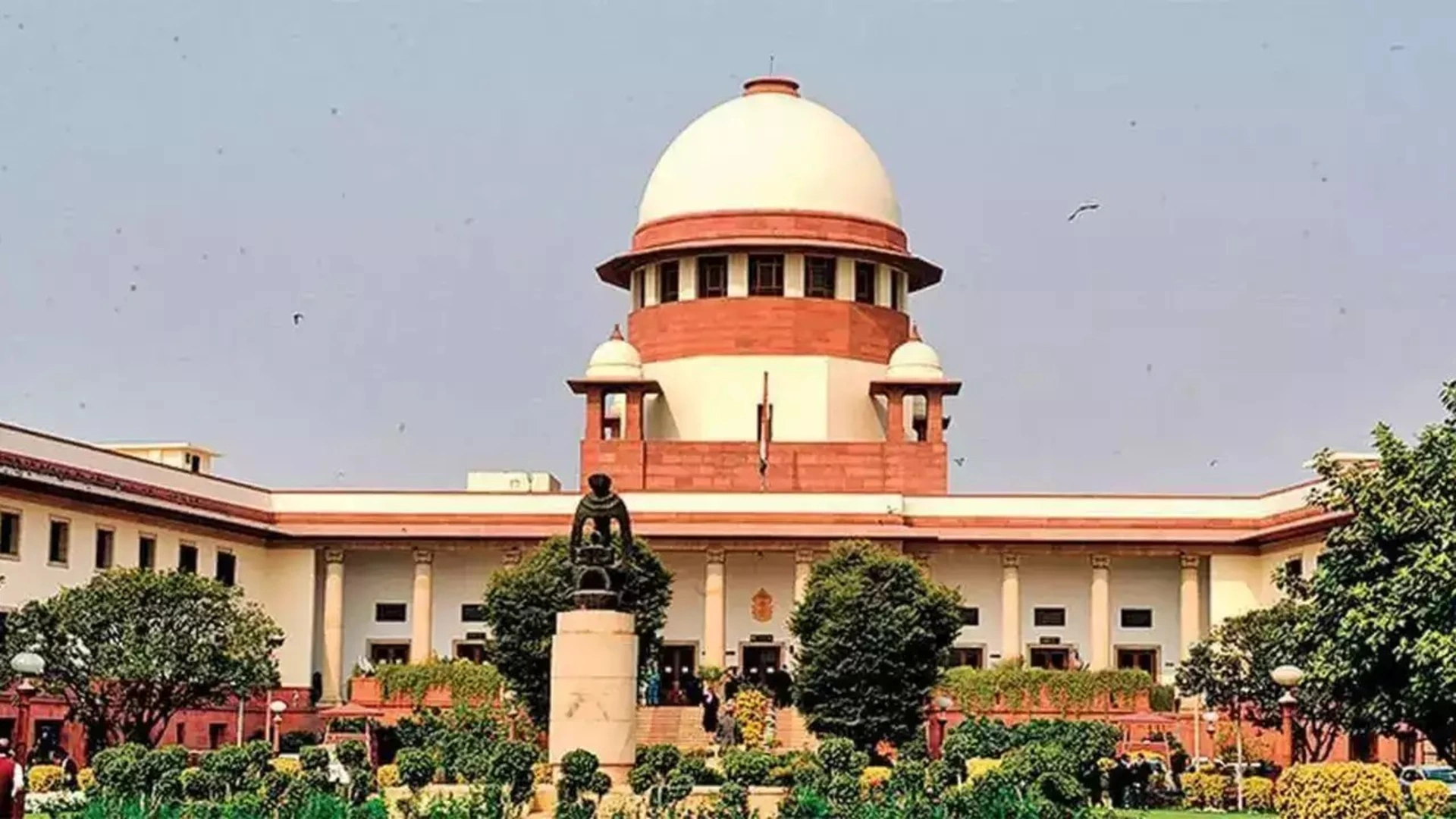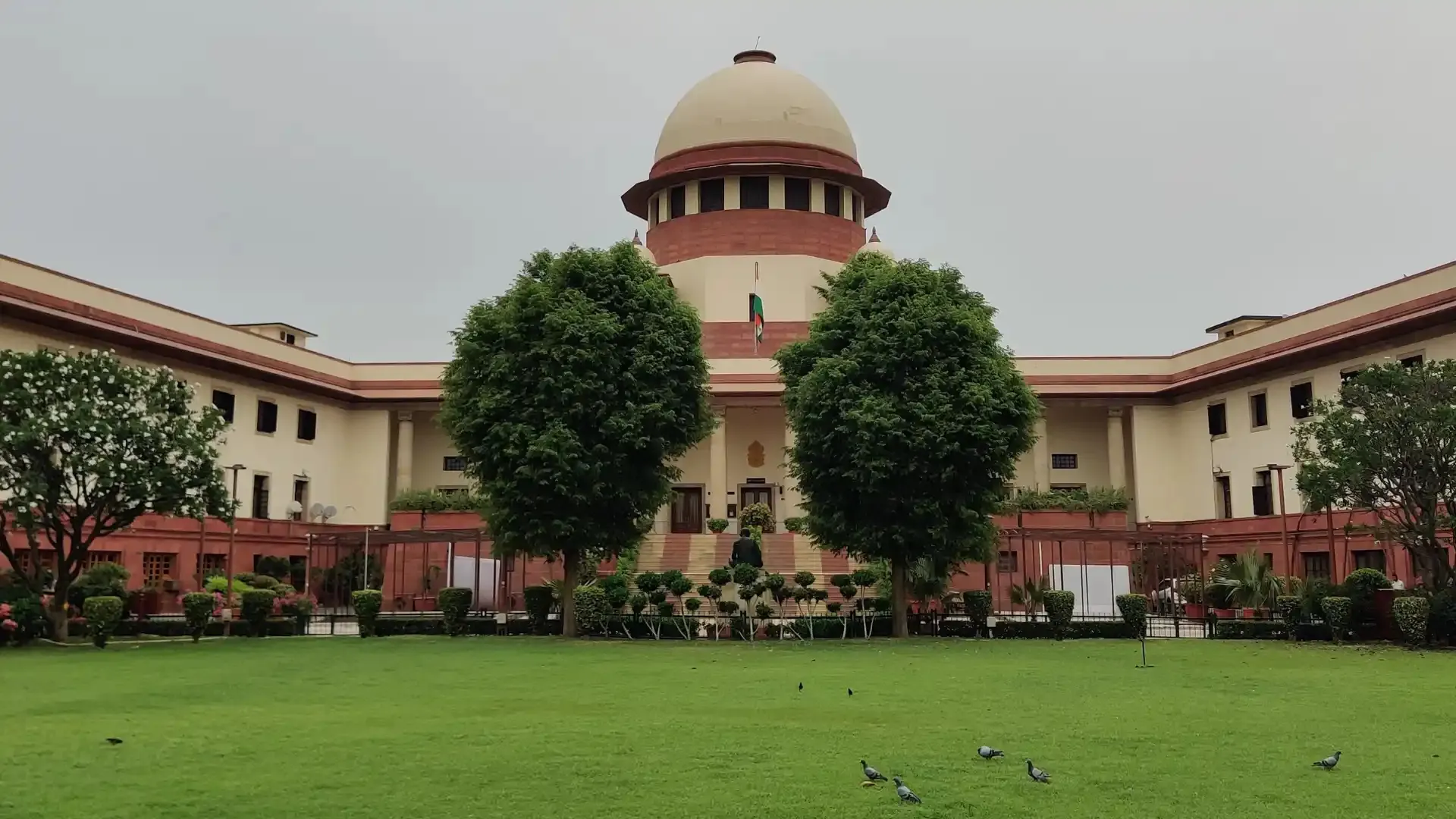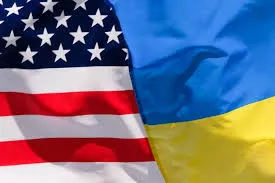INTRODUCTION
The advent of internet era has witnessed a huge surge in profits of various e-commerce and has shoved every potential business to adopt the online mode. The domain name which is an online website locator or the address of a specific entity on the internet links the company to its prospective customers and eases the process of doing business. The Internet Domain Name System (DNA), was designed from the perspective of identifying such websites by their domain names. However, the arena of internet is not bereft of manipulation. With practices of phishing, spam, impersonation, malware, counterfeits, etc gaining prominence, cybersquatting is paving its way as well. It is the practice were an individual or a business registers a domain name, identical or deceptively similar to the trademark or the domain name of other prominent business in order to gain potential customers of such business or to either sell it to them at a cost higher than that of registration, in case such prominent business has not priorly registered their domain name.
CYBERSQUATTING: A PRODUCT OF DOMAIN NAME REGISTRATION
Cybersquatting could be considered the most prominent forms of utilising the existing loopholes in law, which in this case would be the domain name registration i.e., registration on the basis of ‘first come first serve’. Since there is no pre-requisite condition as to the validity of domain name and no absolute or relative ground of refusing registration, the registrar has no other option but to register even those domain names which are product of cybersquatting. As businesses have inferred the gravity of internet, so have the cybersquatters, who are constantly posing challenges to multi-national companies, diverting their customers as well as profit.
The Covid-19 pandemic fuelled the practice of cybersquatting. As businesses were getting accustomed to the online mode, cybersquatters had already played their part. WIPO alone handled cases with an increment of 11% in 2020 in comparison to 2019 showing the spike during the pandemic.
It is crucial to understand that now domain name is not restricted solely for the purpose of identifying websites but has become a corporate asset, in importance, equal to that of a trademark. In India, since there is no legislation that explicitly prohibits cybersquatting or settles domain disputes, the role of judiciary is imperative.
The complainant can either accept the selling price of the domain name as quoted by the cybersquatter or can file for litigation or for dispute resolution under UDRP.
REMEDIES AVAILABLE IN INDIA LITIGATION
The complainant party can directly approach the court for settling the dispute. Applying the Trademarks Act 1999, the two available reliefs are: remedy of infringement, granted when the trademark is registered and the remedy of passing off, granted when the registration is not pre-requisite to avail such relief.
Indian judiciary has pronounced some landmark judgements upon cybersquatting. For instance, Yahoo Inc. v Akash Arora & Anr., where trans-border reputation was given priority even though Yahoo Inc. was not a registered trademark in India nor had its business running in India. Further, in Titan Industries Ltd v Prashanth Koorapati & Others, the Delhi High Court granted ad-interim injunction restraining the domain name holder from using the trade name “Tanishq” or any other name which is deceptively similar. Thereby, remarking upon the prospective aim of deceiving the customers of the plaintiff company.
2.2.2 DISPUTE RESOLUTION
To solve the conflict between trademark and domain name, Internet Corporation for Assigned Names and Number (ICANN), developed UDRP- Uniform Domain Name Dispute Resolution Policy in August 26, 1999. A complainant party can initiate the process by filing a complaint before the approved dispute resolution service providers listed by ICANN on the grounds that: the domain name is “identical or confusingly similar to a trade mark or service mark” of the complainant; registrant has no right or legitimate interest in respect of the domain name; and it is been registered and used in bad faith. For availing the remedy under UDRP, it is to be established that the domain name was used and registered in bad faith.
There are six ICANN approved dispute resolution service providers: Arab Center for Domain Name Dispute Resolution (ACDR), Asian Domain Name Dispute Resolution Centre, Canadian International Internet Dispute Resolution Centre (CIIDRC), The Czech Arbitrati0n Court Arbitration Center for Internet Disputes, National Arbitration F0rum and lastly, WIPO.
Amongst all, WIPO is the leading dispute service provider. WIPO following UDRP guidelines sets up a neutral panel of qualified people for resolving disputes within two months. The speedy resolution is why UDRP could be the future of dispute resolution, particularly for multi-national companies. There could only be three possible decision which could be granted by the panel: decision in favour of complainant party and transferring of the domain name to them; decision in favour of complainant party and cancelling the domain name; lastly, decision in favour of domain name registrant, specifying whether the dispute did not fell under the ambit of rule 4 (a) of UDPR policy and also to specify whether the complaint was filed in bad faith. However, there are no monetary damages granted in UDPR domain name disputes nor any injunctive relief is granted.
Various country code domain name registries also have started to adopt the UDRP or similar policies. As an exemplar, India has its own registry by the name ‘INRegistry’ under the authority of National Internet Exchange of India (NIXI). Its sets forth terms and conditions governing the ‘.in’ or ‘. Bharat’ domain name.
CONCLUSION
In contemporary times, corporate identity has not remained independent of domain name. Priorly domain name was used as a locator of websites, it has now been valued beyond that and has become a corporate asset which demands protection and instances of cybersquatting to be curbed. Apart from posing constant challenges to commercial businesses, cybersquatting damages their goodwill and forces their owners to resolve such issues in a limited time period.
Comparing the remedies accessible, it is believed that UDRP will gain prominence over judicial intervention in near future, reasons being speedy dispute resolution, low cost and no court appearances. However, UDRP should be applied to other types of domain name as well in order to increase its scope.
Talking about statute, India has no legislation in particular prohibiting cybersquatting unlike developed nations like USA. Since there is no explicit prohibition, the domain name is registered on a first come first serve basis which provides for a potential loophole in law, often misused by people. With a sudden spike of cybersquatting during pandemic, it is evident that India is in need of explicit legislation pertaining to cybersquatting/domain name dispute which should govern every aspect of it.
With a proper legislation in hand, cybersquatting could be prevented at the stage of registration which in turn would save precious judicial time, unnecessary expense of money on the part of complainant and an overall easement of process. It would also prevent selling of domain name by the cybersquatter for a high price and would thus, curb such practices of benefitting at the loss of others.



